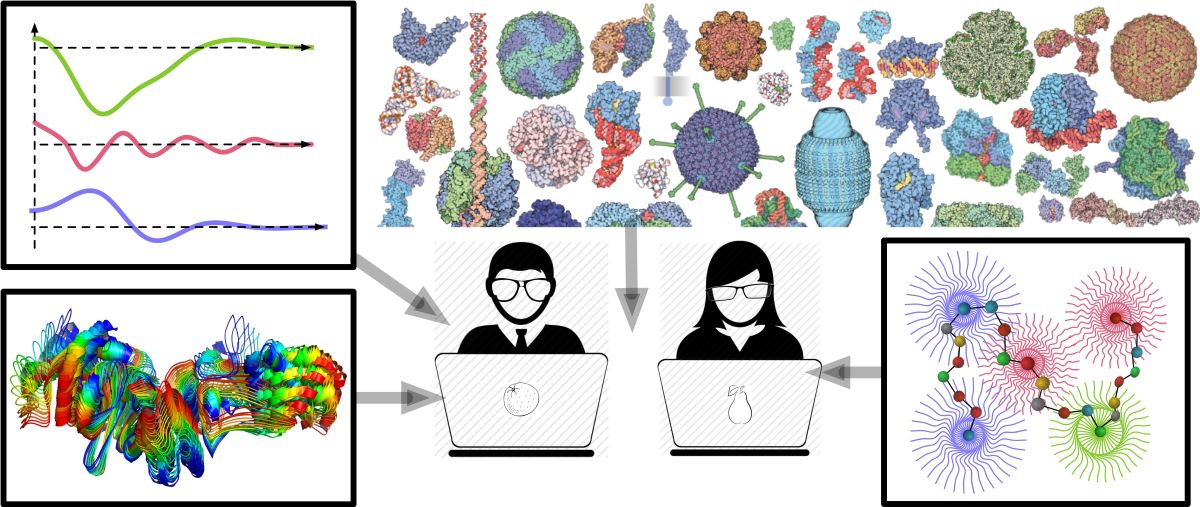Speaker
Description
Histone chaperones play a crucial role in regulating the assembly and disassembly of chromatin. Our lab recently reported a novel chaperone binding mode in which histone chaperone APLF single-handedly assembled the histone complexes H2A-H2B and H3-H4 into the histone octamer. The chaperone domain of APLF consists of a short (~60 aa) intrinsically disordered, highly acidic domain (AD). As we could only solve the crystal structure of a peptide fragment of the AD bound to the histone octamer, we used an integrative structural biology approach to define the conformation of the rest of the AD. In this talk I will outline how the recent implementation of shape-based docking in the HADDOCK was used to integrate small angle xray and neutron scattering, cross-linking mass-spectrometry, NMR and the crystal structure to define the integrative structure of this challenging histone chaperone-histone complex.

